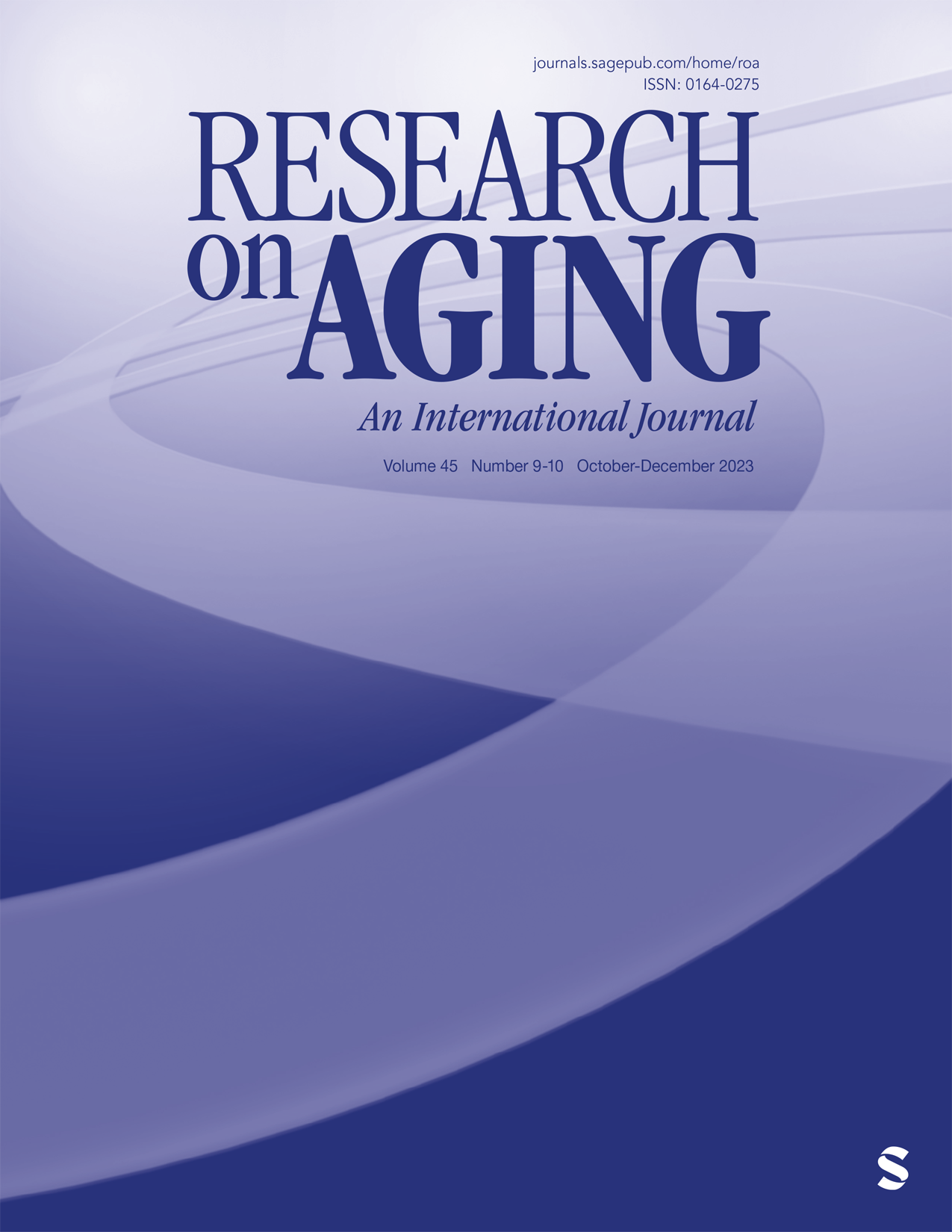This paper examines the links between place attachment and older persons’ preferences to age in place, and factors that disrupt these preferences. We use data from the 2001–2021 Household, Income and Labour Dynamics in Australia Survey and panel-data modelling to confirm strong associations between several place attachment dimensions and aging-in-place preferences. Strong ties to children, strong social capital, residence in social housing, homeownership status, housing wealth, and home and neighborhood satisfaction are all positively linked to a stronger preference to age in place. Our findings reveal important differences between older homeowners and older non-owners.
For owners, closeness to children is a strong predictor of aging-in-place preferences, although mortgage debt can trigger involuntary moves. For non-owners, tenure security achieved through longer durations at one’s address of residence is linked to stronger aging-in-place preferences. However, private renters are more often exposed to involuntary moves. We discuss the policy implications of these disruptions.

